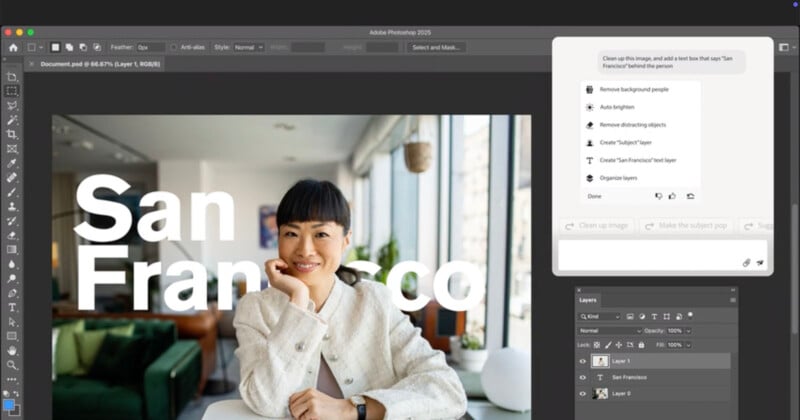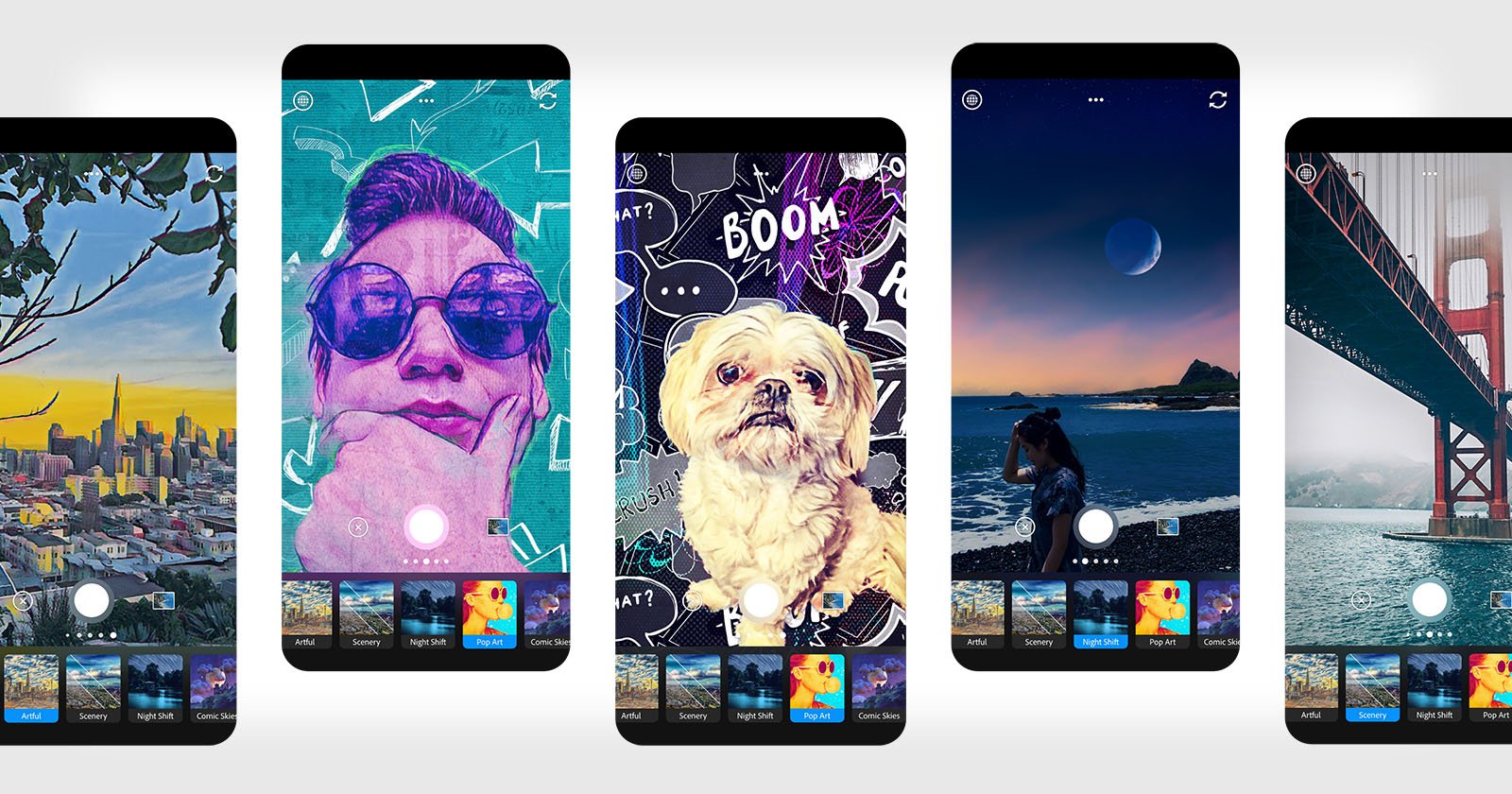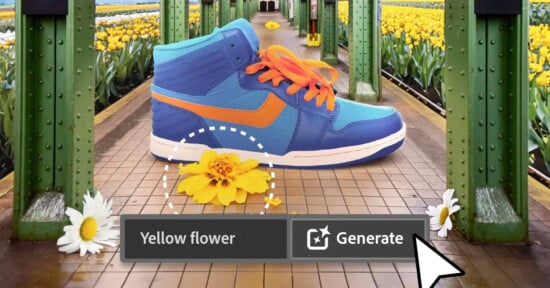Adobe Coder Shares Glimpse of Agentic AI Future of Photoshop

Earlier this month, Adobe set out its vision for an AI chatbot that is capable of editing photos in Photoshop. Now an Adobe coder has shared more of what the future may look like.
Taking to X (formerly Twitter), Senior Director of Design Marketing and Community for Creative Cloud Mike Chambers shared a proof of concept where an MCP automatically renames all the layers on an open Photoshop file.
Editor’s note: we believe MCP stands for Model Context Protocol
Photoshop AI Agent / MCP example (using Claude), where I couple it with an image vision MCP to have Claude AI rename the layers in a Photoshop file based on the content of the layers. Thanks to @paultrani for supplying a Photoshop file with a typical naming scheme (none). pic.twitter.com/FnBBVX4IrZ
— Mike Chambers (@mesh) April 20, 2025
Chambers stresses this is a personal project and is not officially supported by Adobe. Nevertheless it is a fascinating to see a laborious, time-consuming task completed in a matter of seconds by an AI assistant.
In another example, the AI takes control of Photoshop and video editing software Premiere Pro to create a photography slide show with music.
Proof of concept AI Agent using MCP and Claude Desktop to control Adobe Photoshop / Premiere to create a photography slide show video with music.
(This is my personal project and not supported by Adobe).
More examples, and link to project in the thread.
Premiere / PS Example pic.twitter.com/yRMqJIE0gh
— Mike Chambers (@mesh) April 7, 2025
Chambers explains that while he used Claude Desktop for the above examples because of its “strong support for MCP”, it should work with any AI that has MCP support.
It comes after Adobe explained in a blog post that the company is excited by agentic AI and its implications for creative workflows.
At Adobe MAX London later this week, Adobe will fully unveil the debut of what will eventually become its first creative agent in Photoshop with an all-new Actions panel. Adobe believes that with the aid of agentic AI, Photoshop will be able to analyze a photographer’s image and instantly recommend “smart, context-aware edits.”
“Want a more dramatic sky? Photoshop could not only spot the opportunity to improve your image but also take the action for you with a single click, while keeping you in control,” says Ely Greenfield, CTO of Adobe’s Digital Media business. “We also envision you being able to use natural language to access more than 1,000 one-click actions in Photoshop.”
Chambers shared his project on GitHub where other people can try it.



